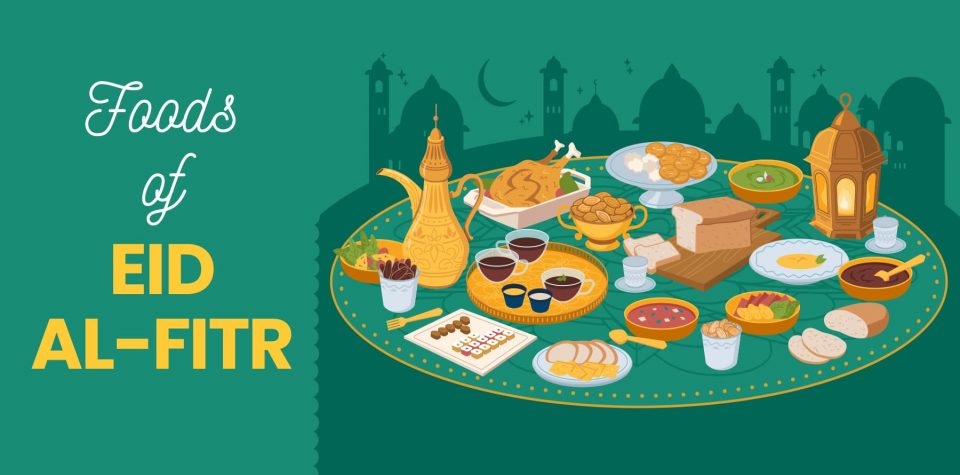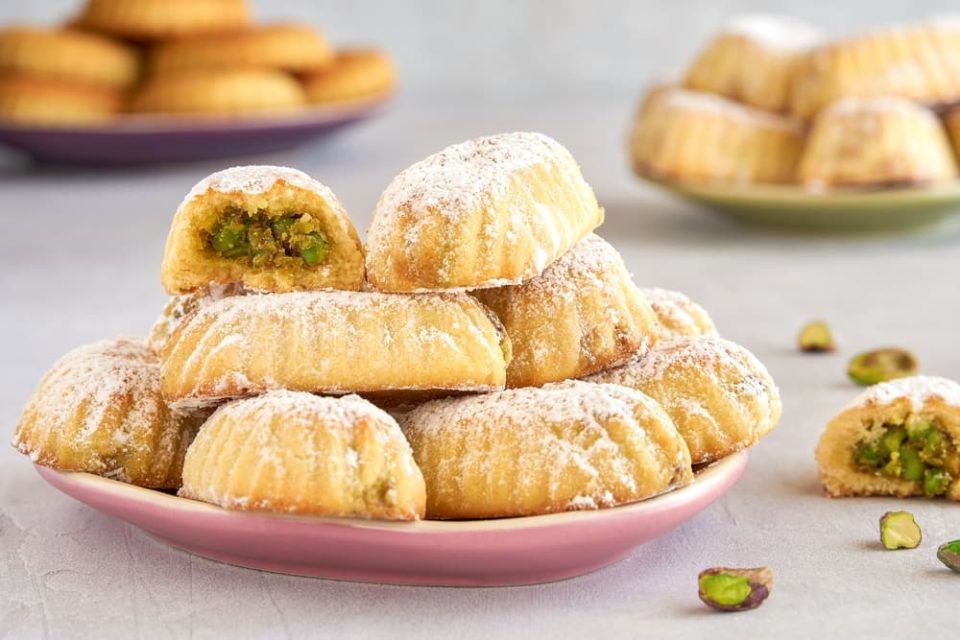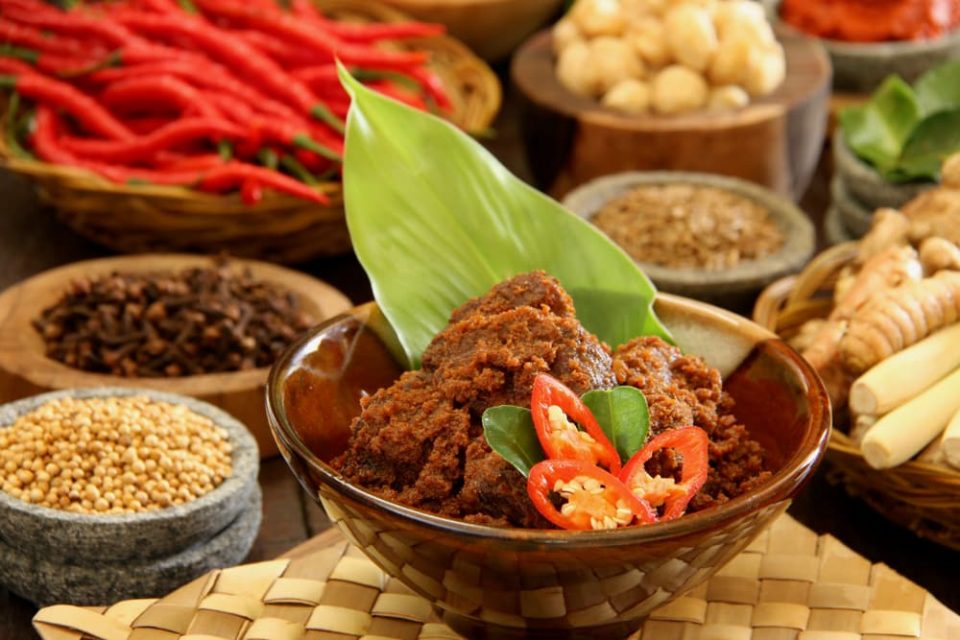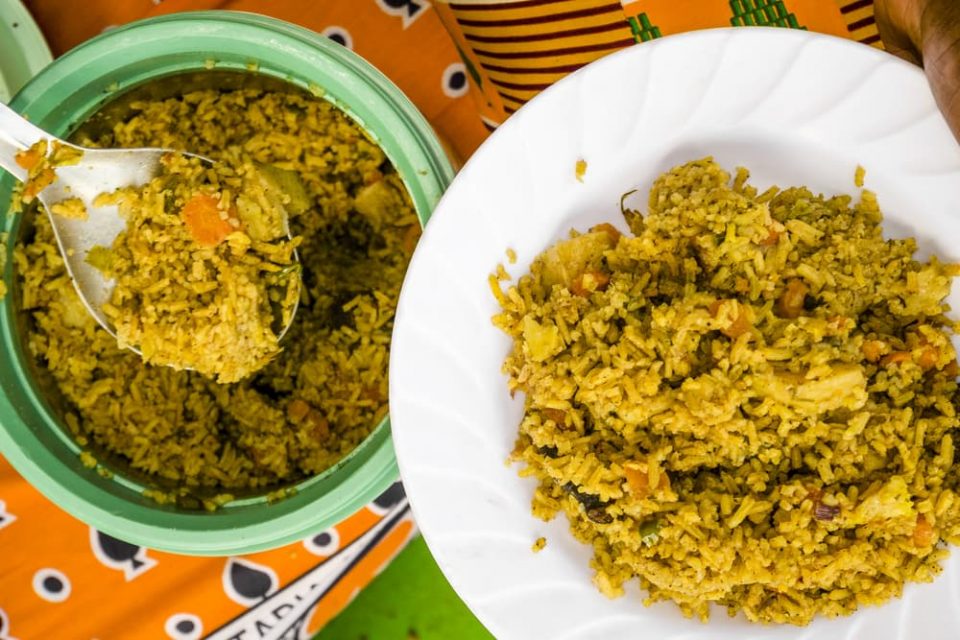
13 Foods of Eid al-Fitr
Eid al-Fitr celebrates the end of Ramadan, Islam’s holy month, during which people fast between sunrise and sunset. Eid’s name translates directly to “Festival of Breaking Fast,” and after an entire month of fasting, people are ready to eat! Eating a large meal is often a central part of the celebration, and communities around the world have their own food traditions to accompany Eid. Join us for a quick trip through the Middle East, Asia, and Africa to explore some of the delicious foods of Eid al-Fitr.

Middle East

Islam originated in the Middle East, and people there celebrate Eid al-Fitr with a variety of foods. In Saudi Arabia, the day is sometimes called “Sweet Eid” because so many traditional foods there are sweet! The foods of Eid al-Fitr in the Middle East include:
- mugalgal, a dish of chopped lamb fried with green pepper, onions, and fresh tomatoes, popular in Saudi Arabia
- bint al sahn, a cake made of paper-thin, flaky layers of sweet bread topped with black cumin seeds and drizzled in honey, popular in Yemen
- dates, which are eaten throughout the Middle East on Eid, but are particularly popular in Iraq and Saudi Arabia
- maamoul, shortbread cookies made with pureed dates, walnuts, or pistachios, popular in many places in the Middle East, including Syria and Lebanon
Asia

More people practice Islam in Asia than anywhere else in the world. And all those people, spread across a huge geographic area, have plenty of foods to celebrate with, including:
- lokum, the sweet, marshmallow-like treat known in English as Turkish delight and traditionally served in Türkiye itself on Eid
- you xiang, deep-fried dough rounds traditionally eaten on Eid in China
- rendang, a beef, chicken, or lamb stew in which the meat is slow-cooked in coconut milk until it caramelizes, popular in Southeast Asia and Indonesia
- sheer kurma, a fragrant South Asian milk pudding served with rice noodles, nuts, and fruits, and spiced with cardamom
Africa

Hundreds of millions of people practice Islam in Africa as well. Their Eid treats range from hearty drinks to scrumptious baked goods, including:
- assida (also called l’assida), a hearty porridge made with semolina flour and sweetened with honey, often eaten for breakfast on Eid in Morocco
- aseeda (not the same as assida!), a flan-like cooked dough dessert made of wheat flour and honey, traditionally eaten on Eid in Libya and other North African countries
- cambaabur or ambabur, a sweet flatbread fried in a skillet and served with yogurt and sugar in Somalia and Djibouti
- pilau, a dish of rice cooked in meat broth served at Eid celebrations throughout East Africa, including in Kenya and Uganda

Together Time
In our section on Africa, we could have also mentioned the kahk cookies of Egypt, honey-nut treats served throughout the country’s three-day Eid al-Fitr celebration. We think they’re wonderful, but don’t just take our word for it—try this recipe with your family and find out for yourself. Even the youngest kids can help roll dough balls for the cookies and lend their artistic talents to the patterns on the dough.
